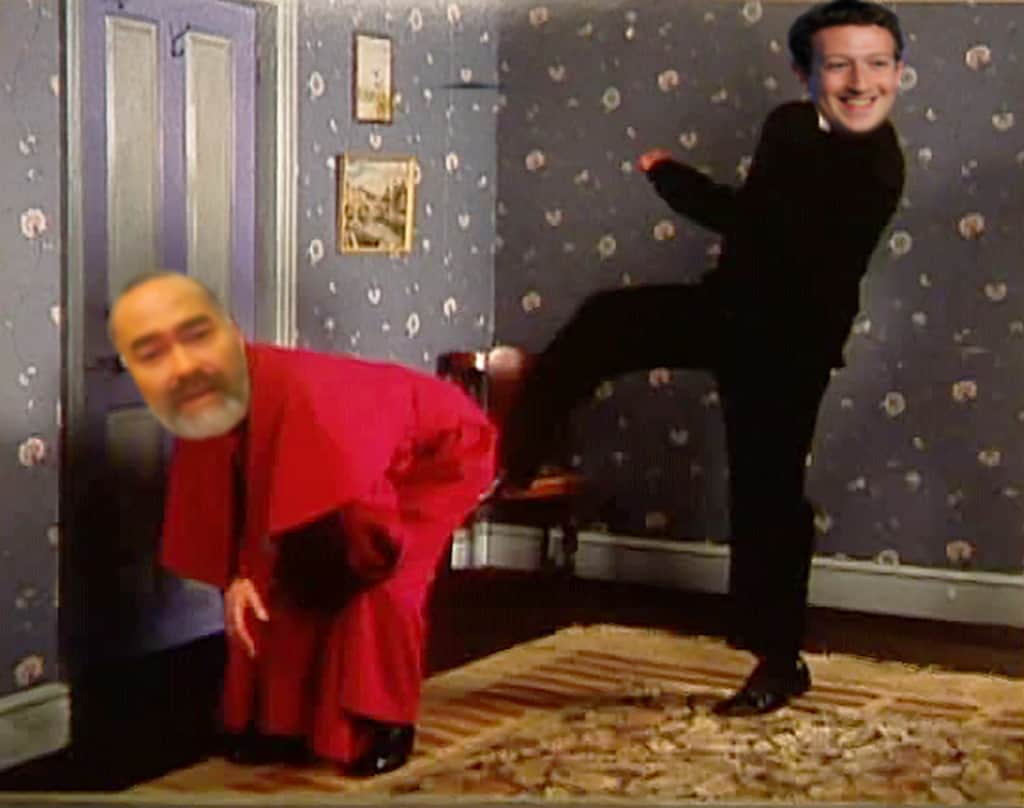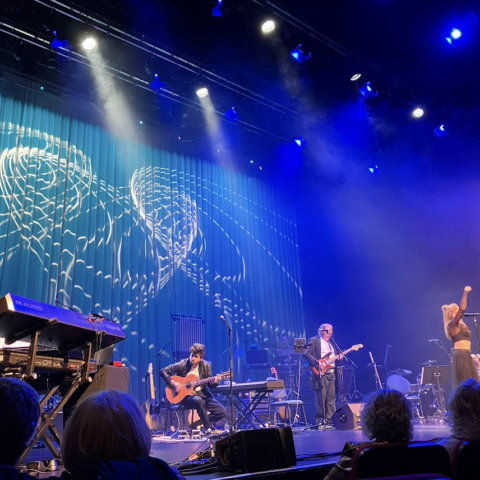The world premiere of composer Gary Kulesha’s Oboe Concerto takes place in Auckland this week. RICHARD BETTS caught up with the person who wrote it and the guy tasked with playing it.
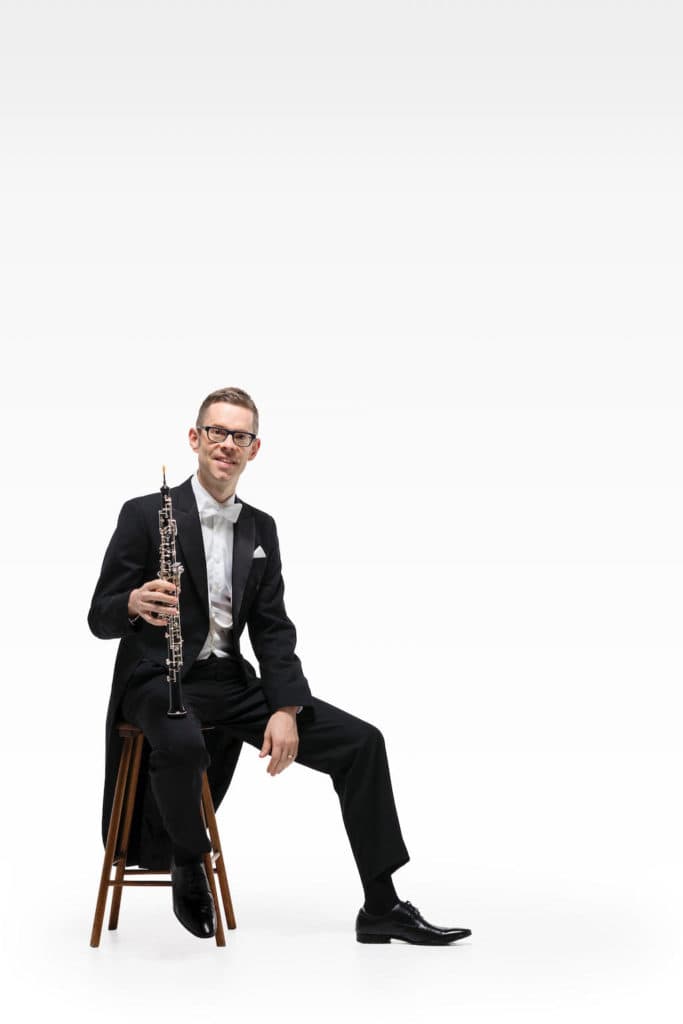
Bede Hanley has turned a little pale.
“Now you’ve got me worried,” says the Auckland Philharmonia Orchestra’s principal oboist.
That wasn’t the intention. We’re actually here to talk about his upcoming performance of Gary Kulesha’s Oboe Concerto, a work commissioned by Bede and the APO that receives its world premiere at Auckland Town Hall on 22 October.
Kulesha’s a big deal, and so is any commission from the composer widely considered Canada’s best. He doesn’t accept many.
“When you’re young you have to take the commissions that come your way,” says Kulesha from his home in Toronto. “Now I try to figure out what I want to do then find someone who’s interested in committing to it. But in this case, Bede came to me and I was thrilled.”
Would you like to support Witchdoctor’s mission to bring intelligence, insight and great writing to entertainment journalism? Help to pay for the coffee that keeps our brains working and fingers typing just for you. Witchdoctor, entertainment for grownups. Your one-off (or monthly) $5 or $10 donation will support Witchdoctor.co.nz. and help us keep producing quality content. It’s really easy to donate, just click the ‘Become a supporter’ button below.
The pair know each other from way back. In 2011 Kulesha wrote Zephyrs, a work for two oboes and English horn, which was premiered by Bede and his colleagues in the Canadian Oboe Trio.
At 24 minutes the concerto is twice the length of Zephyrs, and one of Kulesha’s more substantial works.
“It was a challenge, because concertos are difficult to sustain intelligently,” he says.
They are generally difficult to play, too; the ultimate expression of the soloist’s art.
“My take on that is if it’s impossible, that’s my problem. If it’s really, really, really hard, that’s not my problem.”
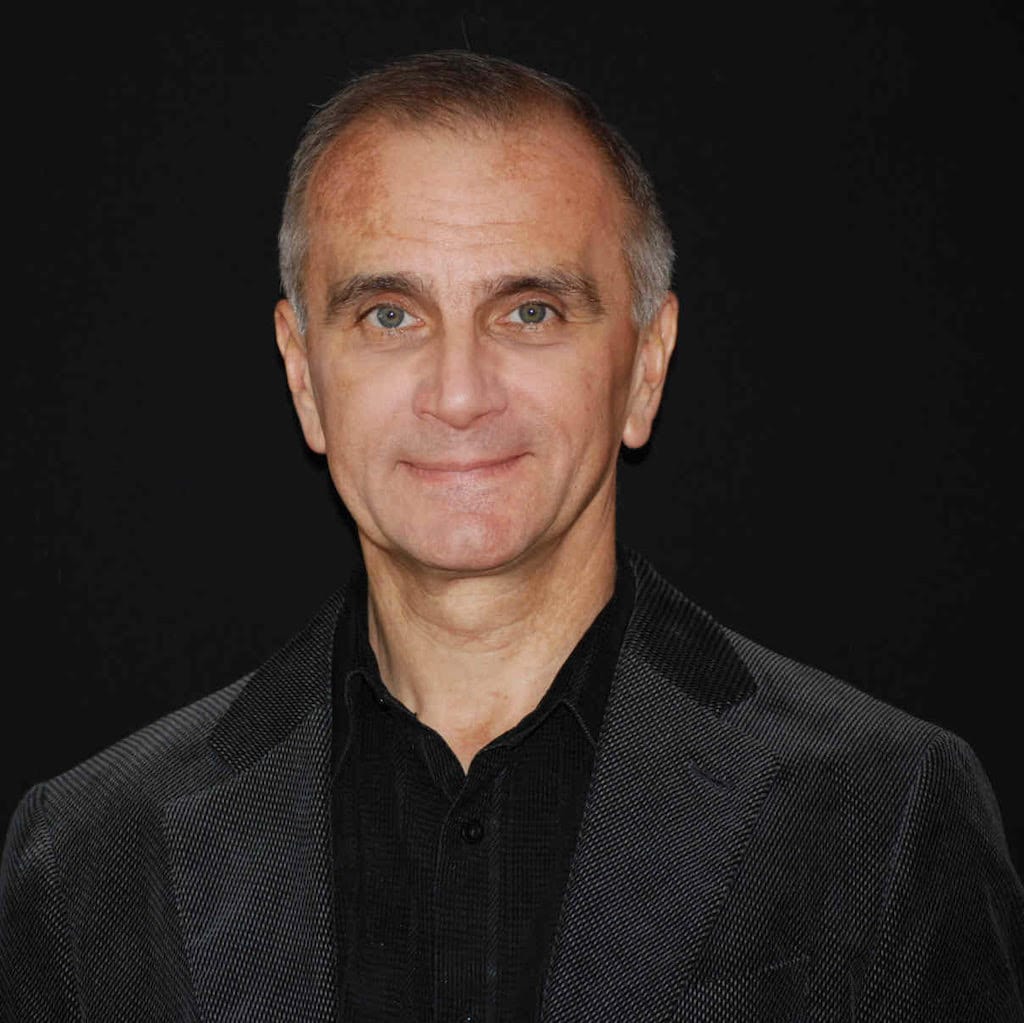
Kulesha’s Oboe Concerto is, by all accounts, really, really, really hard.
“The solo part is just fantastically difficult,” the composer admits cheerily. “Because Bede encouraged me to think so far outside the box I thought, ‘You know what, I’m going to write this kind of theoretical cadenza, send it to him and see what he says’.”
The oboist’s response went something along the lines of, “I can’t play it yet. But I will.”
As far as Hanley is concerned, the work contributes to the natural evolution of his instrument’s repertoire.
“When the Strauss Oboe Concerto was written, people said it couldn’t be done. Now any talented high school student can play it. With this new piece, it’s my job to figure it out. Our level needs to move on. So yeah, it’s really hard, but that’s kind of the point.”
While it’s difficult, the concerto won’t be a display piece padded with empty virtuosity where the music’s supposed to be. According to Kulesha, the concerto has a solid symphonic backbone, and fans of his music will recognise some of his compositional signatures.
“I’ve always been a very rhythmic composer,” Kulesha says. “And I consider lyricism to be absolutely crucial; whether you’re writing tonal music or music that is less tonal, melodic writing is critical. To me, you can’t create convincing long pieces just out of texture.”
Kulesha’s feel for melody might explain why his music continues to be played where the work of others does not. The saying among composers is that the most important performance is the second one – it’s easy to get a premiere; staying in the repertoire is trickier.
“You write the music you believe in and then you take your lumps,” he says. “The standard repertoire is deeply important to me and has informed my work as a composer. I think that performers can hear that my music has been informed by the repertoire they also love, so if there’s a secret [to repeat performances], that might be it.”
Prospective concertgoers wanting some idea of what to expect are directed to another oboe work, Kulesha’s Lyric Sonata. At times it is achingly beautiful, with a liberal use of quarter tones – the notes that lie between the notes in traditional Western music.
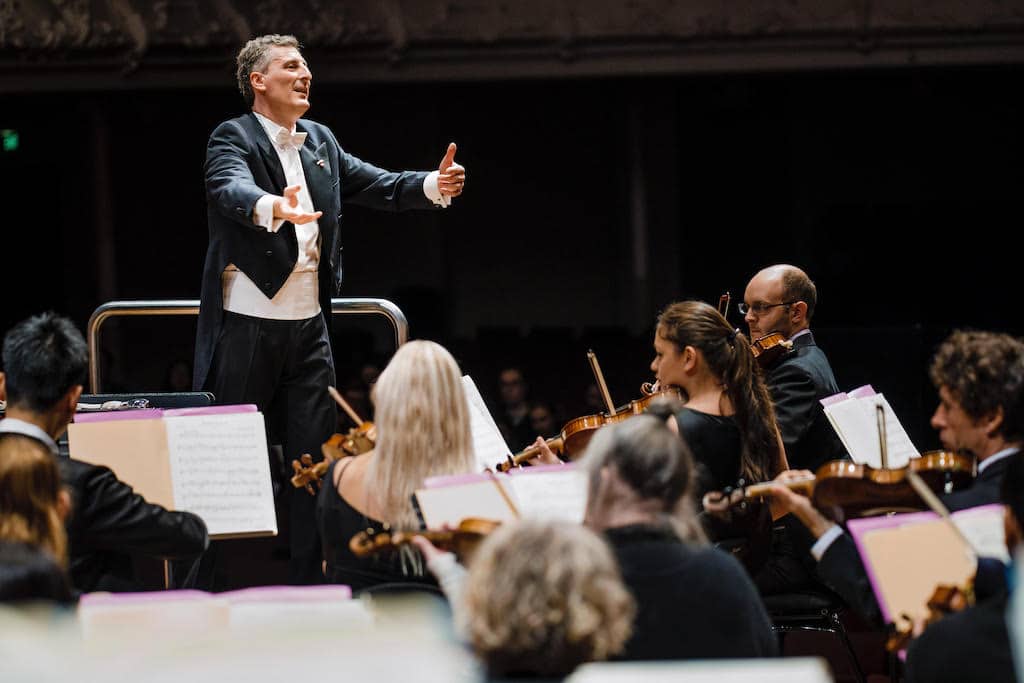
It’s these, and my relaying of Kulesha’s insistence that they ring out perfectly, with the same tone as any other note, that have caused Hanley’s complexion to blanche. A quarter tone is easy to play on a violin – you just move your finger a bit. To play a quarter tone on an oboe requires some jiggery-pokery.
“There are lots of ways you can get a quarter tone,” says the oboist faced with that task. “The question is how to do it and get it to come across to the audience without sounding like a sharp or flat note. In Gary’s style the quarter tones mean something. They need to sound just right and that’s hard to do, especially in fast passages.”
And Hanley must do all that while performing in an engaging, musical way. Most musicians seek to respect the composer’s intentions, but is it different when a work is written for you? Do you have more leeway to interpret, or a greater sense of responsibility to adhere only to what’s on the page?
“It’s a bit of both,” says the oboist. “Gary is a great composer and I have to make sense of his ideas. It takes a huge amount of work to dig in and unpack his music and see what it means. But then, of course, I’m playing it, so I need to express myself; I want to get beyond the symbols. If that in some way diverges from what Gary was imagining, I don’t think he would mind.”
Hanley takes a momentary pause. “I hope he won’t mind.”
- Bede Hanley and the APO perform Gary Kulesha’s Oboe Concerto on Thursday 22 October. More information here.









